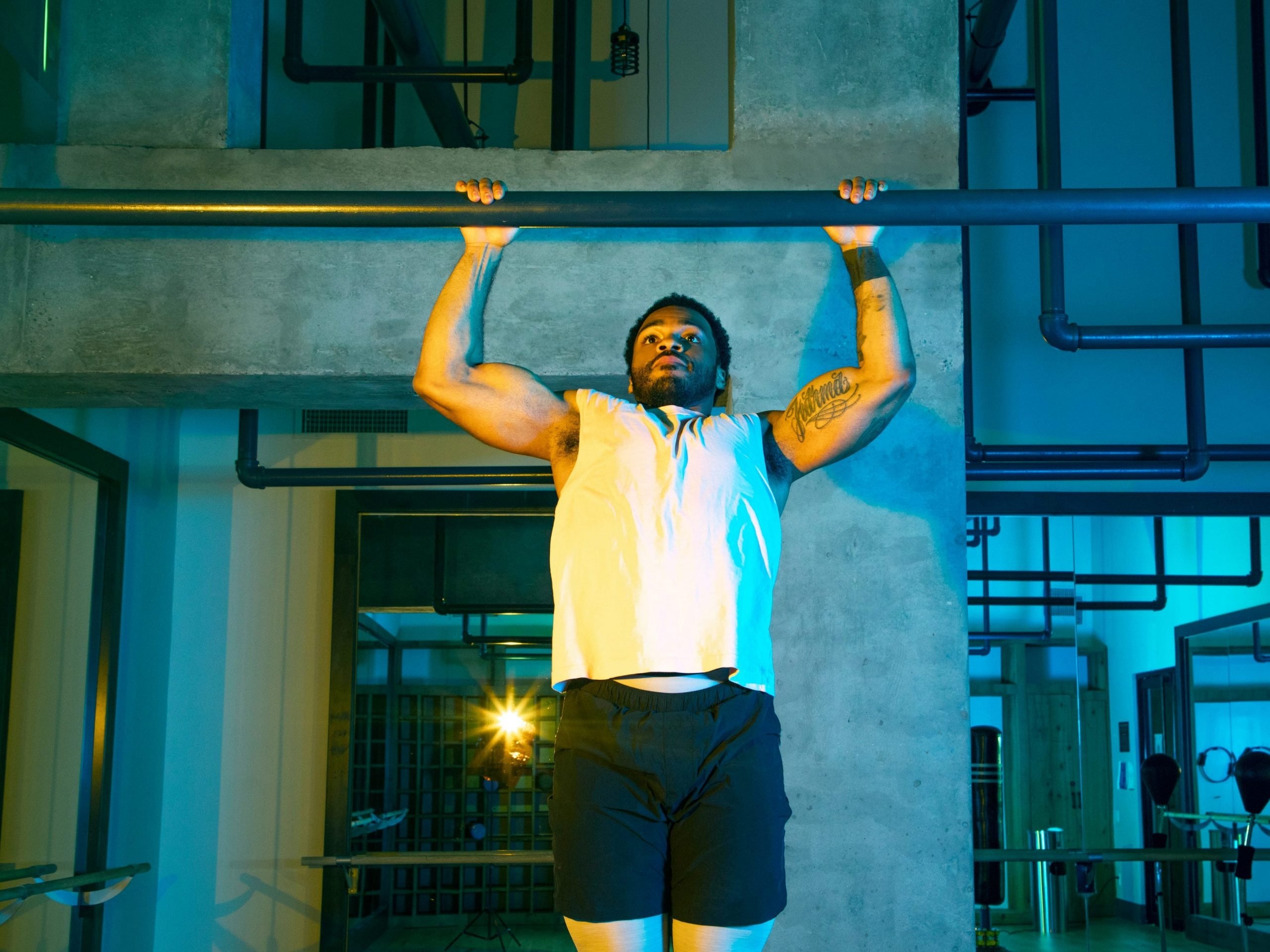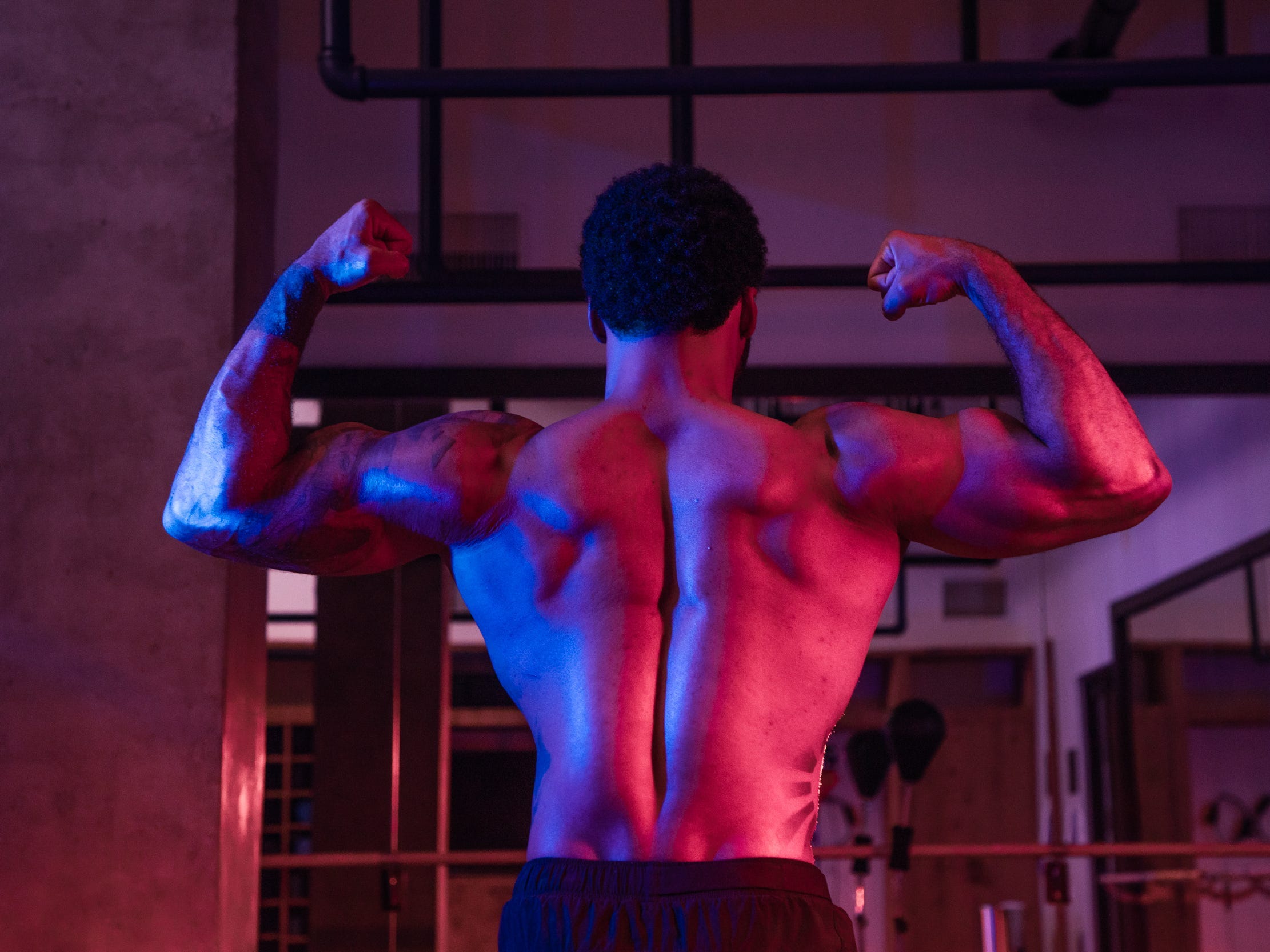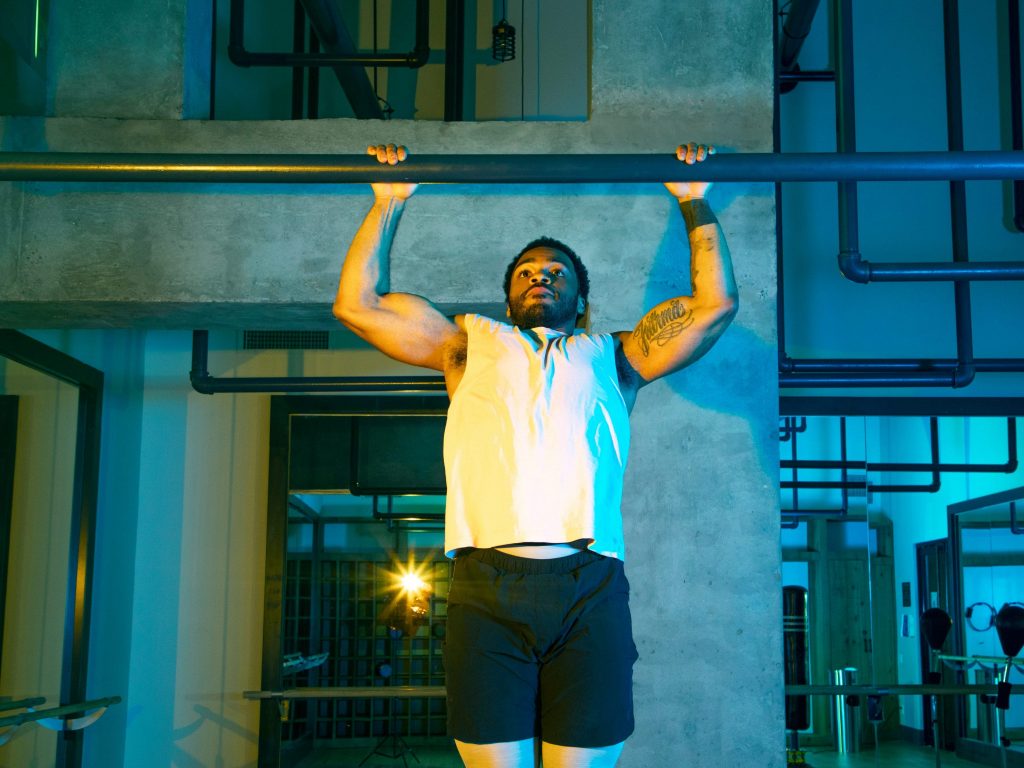
- Building a muscular back has lots of benefits, like improving posture and creating a V-shape aesthetic.
- Exercises like pull-ups and push-ups are effective, but require some strength to do correctly.
- Inverted rows and the "superman" pose are good exercises for all fitness levels, including beginners.
- Visit Insider's homepage for more stories.
When planning a summer workout session, don't forget one often-neglected, but major, area of the body: the back.
"From a training standpoint, the back is underappreciated and underdeveloped area of the body," personal trainer Bryan Goldberg previously told Insider.
Having a strong back not only helps you avoid injury and improve posture, but also creates a more athletic physique, he said.
Fortunately, it's possible to build muscle and strength in your back using only bodyweight and minimal equipment. Here are the top exercises experts recommend, how to do them correctly, and the benefits you can expect to see from doing them.
Pull-ups and hangs
One of the best back exercises requires nothing more than a bar you can dangle from. You could use one designed for this purpose, such as a door-frame pull-up bar, or improvise with a piece of playground equipment like monkey bars, or even a sturdy tree branch.
To do a pull-up, grab the bar with palms shoulder-width apart and facing away from you (known as a pronated grip). Pull your shoulder blades down and toward each other and pull your body up until your chin is above the bar. Lower with control until your arms are fully extended, and repeat.
This works the latissimus dorsi, or lats, the large muscles of the back which span from the back of the shoulders to the hips. Big, muscular lats can help make your back look wider and create an often-coveted V-shape aesthetic from the waist to the shoulders.

Another variation, hanging with your palms facing you (supinated grip) is called a chin-up, which uses arm muscles, like the biceps, more heavily.
If you're already comfortable with these movements, doing more repetitions or adding extra tension (such as by slowing down the movement or adding a pause at the top) can take your gains to the next level.
"The muscle is under tension for longer so it's under stress," Noam Tamir, founder and CEO of TS Fitness, previously told Insider, and that stress simulates growth for both strength and size.
For those not ready for multiple pull-ups, start with a dead hang by grabbing the bar and pulling your shoulder blades together to engage your lats. Flex your core muscles by tucking your tailbone into a hollow hold position. Hold until you feel the burn, then rest and repeat.
As a bonus, all of these movements also work the shoulders and core.
Push-ups and planks
While most people think of push-ups for chest and shoulder muscles, they're also great for targeting the muscles of your back.
Holding a static plank position - hands underneath the shoulders, arms extended, legs straight out behind - can also work upper back muscles, the rhomboids and trapezius, since you're using your core and back to suspend the body off the floor.
To do a perfect push-up, start in this plank position, lower your body by bending your arms to a 90 degree angle, then straighten the arms to lift back up. Keep your abs and back tight to focus on lowering and raising your body as one unit, not "inch-worming" your chest or butt up before the rest of your body.
To avoid injuring your shoulder during push-ups, keep your elbows close to the ribs or angled no more than 45 degrees out from your torso. Having the elbows bent out to the sides in a T-shape can put stress on your joints.
Inverted row
Rowing exercises are great for building a strong back, Goldberg said, but usually require weights or cables. The inverted row allows you rely on your own body for resistance for similar benefits. It's also easier to perform than a pull-up or push-up.
To do it, find a horizontal bar you can hang from that's about chest height or lower. Grab the bar from underneath, with your legs out in front of you as though you're doing an upside-down plank. Keeping your whole body engaged, pull your chest up to the bar, then slowly lower.
Moving your feet farther away will bring you closer to parallel with the ground, increasing the pull of gravity and thus the challenge of the movement. For beginners, you can make the exercise easier by bringing your feet closer toward the bar and your chest up at an angle to the bar.
"Superman" pose
This equipment-free move really is super because it works not only the low and mid-back muscles but also the core, glutes, and hamstrings - all at once. It's also great for beginners because it has a smaller range of motion and requires you to lift much less of your bodyweight than the above exercises.
To do it, lie on the floor on your stomach with your arms outstretched in front of you and your legs straight out and together behind you. Using your core and back muscles, lift your chest off the ground, holding your arms forward as though you're flying over Metropolis.
At the same time, press your hips into the ground and lift your legs off the ground. You may only be able to lift them a few inches, but should feel the engagement of your posterior chain (back, glutes, and hamstrings working. Hold the pose for a few seconds, then repeat.
